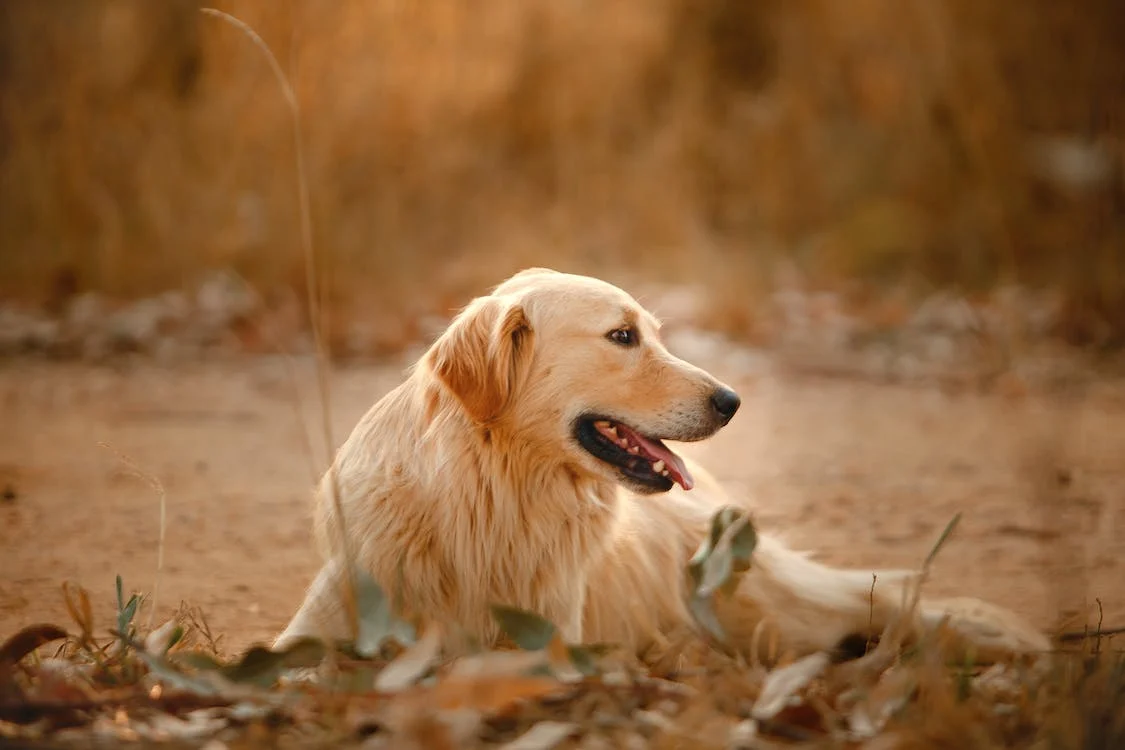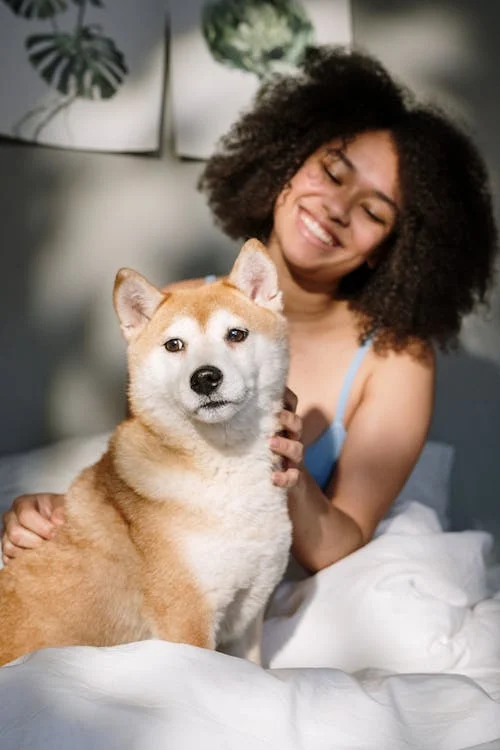Chow Chow is a distinctive-looking dog breed that looks fluffy and cuddly at the same time. However, don’t let its looks deceive you, the Chow Chow can be aloof and downright suspicious of strangers. Generally, dogs of this breed are bright, quiet, serious-minded and independent – traits which don’t make the best characteristics of a cuddle buddy. But for the right person, a well-bred and well-raised Chow Chow is fiercely loyal and admirable.
Owning a Chow Chow gives you a one-of-a-kind pet. It is said that the Chow Chow combines the nobility of a lion, the appeal of a teddy bear, the drollness of a panda, the independence of a cat, and the devotion and loyalty of a dog. This breed’s aloof and dignified attitude was passed from their ancestors, which were once kept in imperial Chinese kennels.
Appearance
The Chow Chow is a medium-to-large, muscular, compactly-built dog that stands around 17 to 20 inches at the shoulder. Its head is large and has a lion’s-mane ruff around the head and shoulders. The fluffy double coat can be smooth or rough, and the undercoat is dense. Their coat colors include cream, cinnamon, red, black and blue. Others may be white, tan or gray, and may be shaded light or dark.
The Chow Chow’s tongue is blue-black – a unique trait that is only shared by this breed and the Chinese Shar-Pei. Their eyes are dark and almond-shaped, and their nose is large and black. These facial traits add to their scowling, snobbish appearance. They have a stilted gait or a stiff-legged way of movement.
Key Characteristics and Personality
Chow Chow is a non-sporting breed that needs only moderate exercise. A small yard will be sufficient for walking this dog, and it can adapt to living conditions in apartments or condos. Because of its stilted gait, this breed is not built to be a jogging or biking companion. Some of them can be lazy, but you must take them for a daily walk to avoid turning them into couch potatoes and prevent developing behavior problems.
This breed is a formidable watchdog that is highly territorial and protective of owners. They like to mind their own business and they don’t usually start trouble, but if strangers are approaching the owner’s home, then they will aggressively bark and challenge the trespasser. However, if introduced by the owner to the stranger, the Chow Chow will allow himself to be touched but might remain shy. He’s not fond of being hugged or fussed over, but he’s an attentive companion to his owner and other family members. To grow a relaxed adult Chow Chow, he must be extensively socialized as a puppy.
The Chow Chow’s disposition is similar to a cat – it’s aloof, independent, dignified, smart, dominant and stubborn. This makes training difficult, and this is why this breed is not recommended for first-time dog owners. When training them, the owner needs to be consistent and firm and to start teaching them as early as possible. Some Chow Chows are also resistant to dog collars and leashes. It doesn’t respond to physical abuse, and only responds to verbal correction of a firm trainer who can exert authority on them.
In isolation, Chow Chows are not the best option for kids. It’s best for households with older children who know how to properly treat dogs. But they mostly get along with other kids whom they grew up with, and whom they had plenty of happy and relaxed experiences with.
Chow Chows are not great with other dogs either. Though he usually minds his own business unless provoked, they are typically aggressive with other dogs of the same sex and can be predatory with smaller dogs and cats. If you’re going to adopt a Chow Chow, it’s best if he’s your only pet.
This breed also does not tolerate heat well, so they’re best suited for colder climates.
History
Experts speculated that the Chow Chow is one of the oldest dog breeds in the world. Its origins date back to Northern China and Mongolia around 2,000 years ago, although it is possible that this breed was present years earlier.
Early depictions of dogs that look like the Chow Chow appear in paintings and pottery works back from the Han Dynasty in China (206 BC to 22 AD). Ancient Chow Chows were used for hunting and guarding their owners’ possessions. They were also given herding and pulling duties. However, some of them were used as food – their flesh was a delicacy back then – and their fur was used for coats.
During the late 18th century, British merchants included some of the bear-like dogs in their cargo. They were referred to as the “chow chow,” and the name stuck with the breed.
After a century, Chow Chows were imported regularly. It first appeared in England around 1880 and was even exhibited in the London Zoo. Queen Victoria, who is a dog lover, took interest in the breed and it became popular throughout England. A breed club was formed shortly in 1895.
Meanwhile, the first Chow Chow that came to the United States appeared in a dog show in 1890. The American Kennel Club recognized the breed and registered it in 1903, then the Chow Chow Club of America was formed in 1906. During the 1920s, Chow Chows were a hit among the rich and famous.
Health and Care
Because Chow Chows have a rich coat, they need to be groomed weekly to keep the coat in good shape. They must be groomed as early as possible to get them accustomed to being touched. Shedding can be heavy during seasons of spring and fall, so daily brushing is recommended during this time. Regular bathing or cleansing depends on the dog’s coat. You may consult a dog groomer or a veterinarian to know the proper grooming routine perfect for your dog’s coat and skin.
Generally, Chow Chows are healthy, but like other breeds, there are health issues that are common with this particular type. These include hip problems (canine hip dysplasia), entropion, skin problems (hot spots), ear infections and stomach cancer. Not all chows will get any of these diseases but it is important to be aware of them if you’re considering adopting a dog of this breed.


